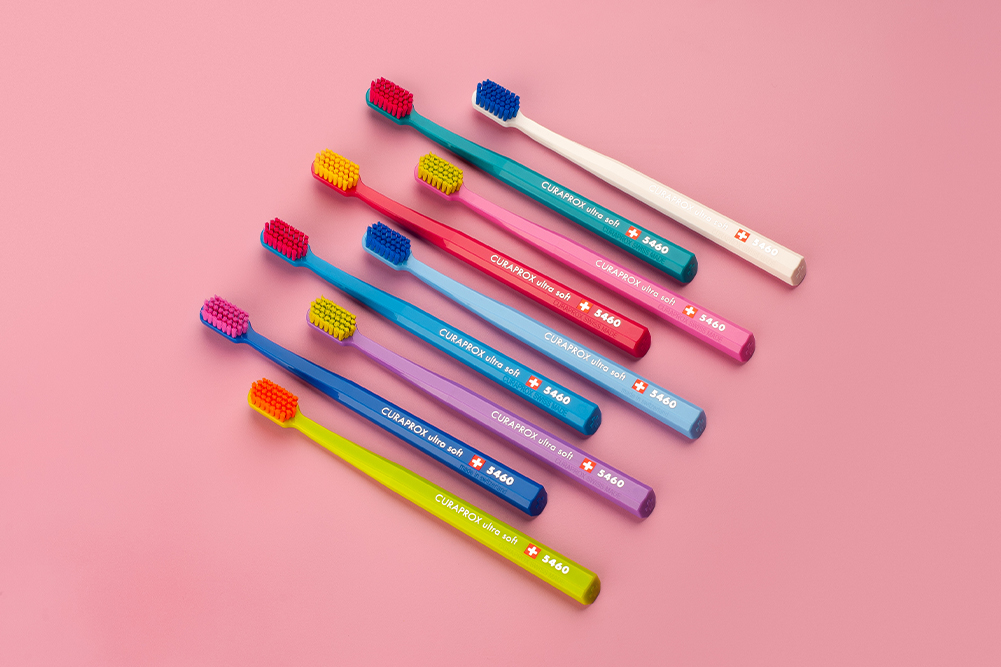Checking out BPA
Bisphenol-A is a component of plastic that can act as a disruptor of your hormones. Governments around the world are hosing down health concerns saying that the amount we absorb from food is at entirely safe levels. This is by no means a settled argument and in addition now a new study suggests that you aren’t only absorbing BPA from your food.
BPA is used to stabilise plastics and it is estimated that around three billion kilograms of it are produced annually. As a component of polycarbonate it is used to make food and drink containers. Many baby bottles contain BPA although around the world companies are now “voluntarily†removing BPA from baby bottles. BPA is also used in the plastic resin that lines cans containing foods and drink. It is also present on some dental sealants. As you can see BPA is ubiquitous and it is often used around food. This creates the concern that BPA may be leaching into our food.
The concern around BPA is that since it acts as a hormone it may have a range of health implications. We know that it binds to the receptors that oestrogen attaches to but it also attaches to other related receptors as well. The concerns are that BPA could be linked to infertility, obesity, breast and prostate cancer, diabetes, cardiovascular disease, thyroid malfunction and attention deficit disorder. What we know for sure is that we are absorbing this substance into our bodies.
More than 90 per cent of the population are excreting by-products of BPA in their urine at any given point in time. Recently Food Standards Australia and New Zealand (FSANZ) published a report saying that of 70 tested food items, 30 per cent did contain BPA but at levels that are “not considered a health riskâ€. Until now most of the attention has been on BPA levels in food and in drink containers but new research suggests there is another way in which BPA can enter your body.
BPA exists in the thermal paper that is used in receipts such as are issued by the till at the supermarket. So in the first instance, these researchers took samples of human skin and the skin from the ear of a pig. Using radioactive markers they found 65 per cent of a dose of BPA was absorbed through pig skin and 46 per cent was absorbed through human skin. This established that BPA can be absorbed through the skin, but other researchers went to a step further.
These researchers looked at urine samples of almost 400 women and compared BPA levels to the women’s occupations. Those with the highest concentrations were cashiers, who had 2.8 mcg of BPA per gram. Teachers had 1.8 mcg per gram and industrial workers had 1.2 mcg per gram. So depending on the paper being used in the till, there is yet another way for small amounts of BPA to be getting into your system.
This brings us back to what exactly might be a safe level of exposure to BPA. The current estimate is that intake of 50 micrograms of BPA per kilogram of bodyweight per day is a safe level. Governments around the world use this as their measuring point. They say that current research has established this as a safe level and that research suggesting low levels of BPA exposure can be dangerous is not significant enough to warrant a change. What this reflects is inflexibility of thought.
The idea that anything in excess becomes a poison goes back to Paracelsus in the 17th century. The extension of this is that more is worse and less is therefore better or safer. However, research over the last thirty years has told us that when it comes to hormones and your hormonal system, very low doses of some substances can have opposite effects to what they have at high doses.
There is research suggesting that very low doses of BPA are dangerous. The research is not conclusive but do wait for conclusive evidence before we start to restrict the use of this pervasive substance? Let’s hope not.
Meanwhile if you visit Meijer Ad that contains mostly likewise discounts with Winn Dixie Ad you surely have a range like ALDI Ad.







